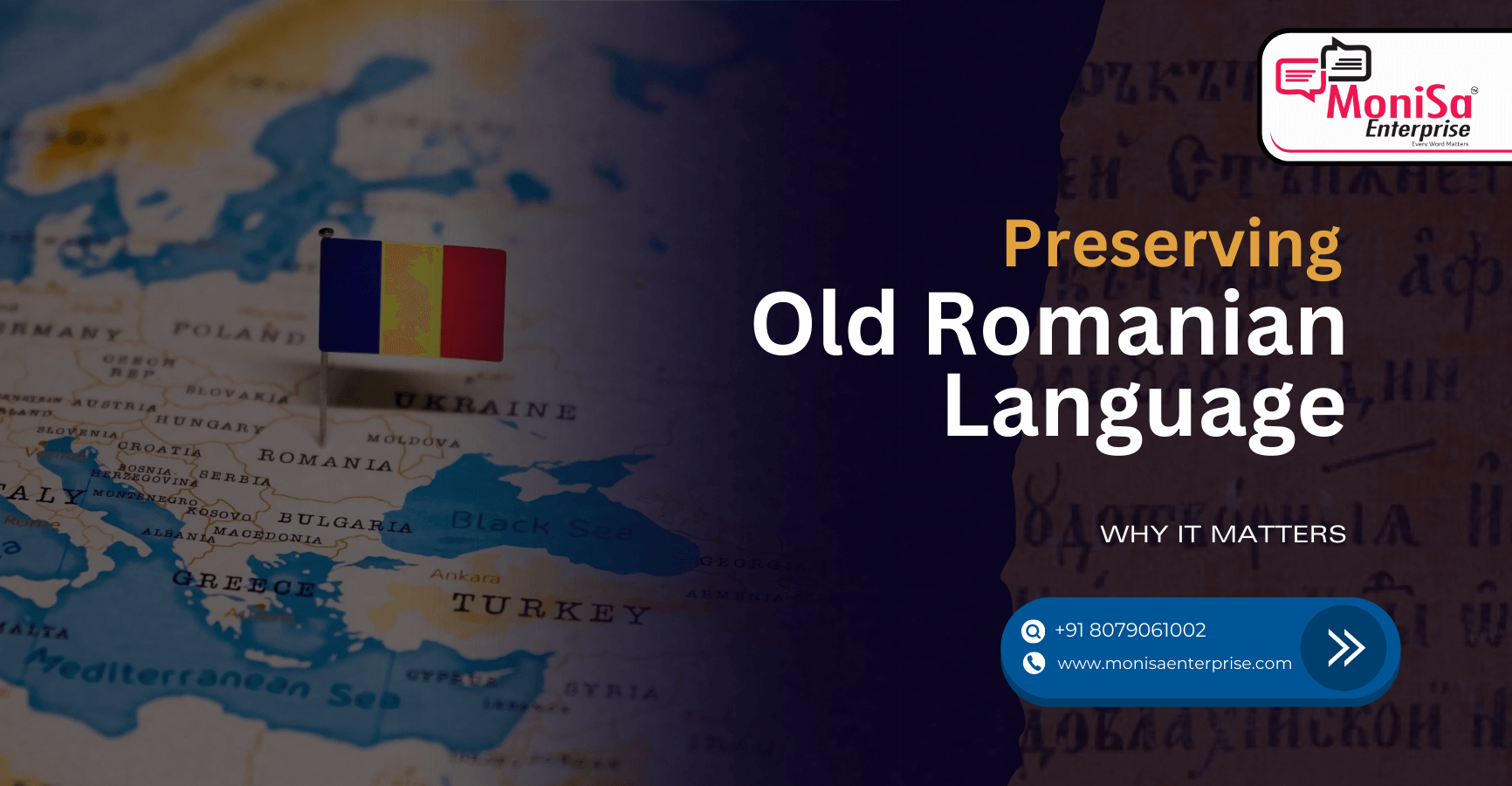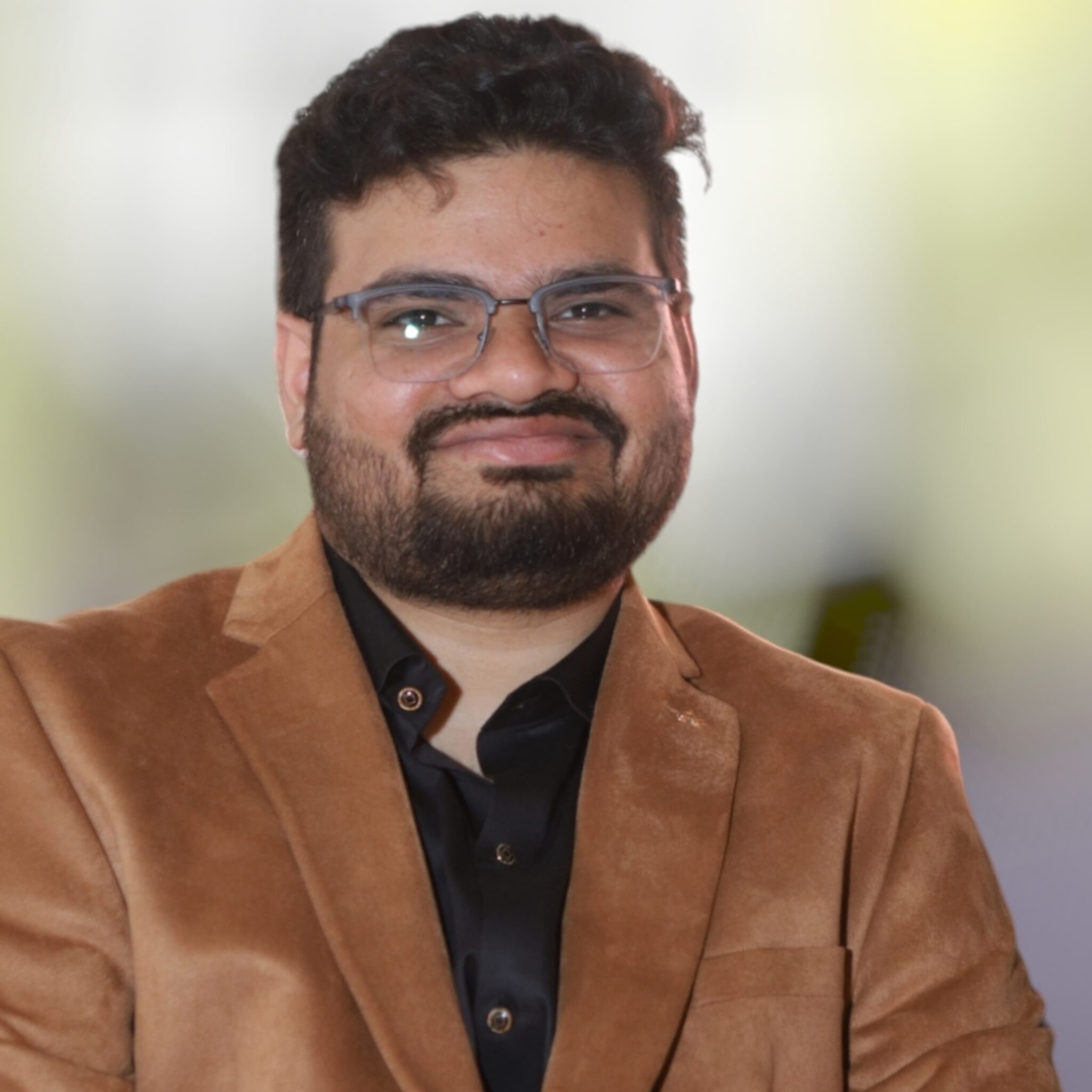Located in Eastern Europe and neighboured by Moldova and Hungary, Romania is a place that many may know from Bram Stoker’s novel Dracula. However, the country is far from one to be frightened of, instead boasting of great cultural value both in its scenery and its people.
Yet, the old Romanian language has grown increasingly endangered, with only around 23-29 million people speaking it across the globe. The current need of the hour is to consolidate our resources into preserving this magnificent language. But is it worth the effort? Let’s find out.
Why should we preserve the Old Romanian language?
Table Of Contents
Historical significance
The Romanian language as we know it today originated in the early 17th century. However, its history dates back much longer, when it was spoken simultaneously alongside Latin between 101-271 AD. It soon re-emerged as the language of choice for the immigrants who resided alongside the Danube and identified themselves as Romanians, speaking a form of Vulgar Latin.
Moreover, the Old Romanian language has also been noted for its influence upon Indo-Aryan heritage, since Punjabi documents over 2000 words borrowed from the Romanian language. It is anticipated that around 80 million people speak languages of Romanian origin since they all come from the original Getic tribe.
Role of Language as a Part of cultural identity
The language that we speak holds a greater significance than just being a form of communication. Hidden among the words are emotions which tie us to one another. Having originated in the early 17th century, it comes as no surprise that the old Romanian language is the mother tongue of many speakers around the world.
Language ties us together to create a cultural identity, which means the cultural characteristics people of the same region or speaking the same language share. Studies conducted across the globe show that a child is encouraged to speak, read, and write in their mother tongue for the proper development of their cognitive ability. It also affects how a child grows up feeling connected or disconnected from their surroundings, family, and social identity.
Multilingual education
It is noticed that in most schools around the world, English is the preferred mode of education. Because English is the official language in over 67 countries, you might argue that schools teach in English to prepare the student for a larger audience. However, in the process, many languages such as Mizo, Ume Saami and Hawaiian are being left out of the regional curriculum. The same has happened with most Old Romanian languages. Studies show that learning a second language enhances literacy skills, as well as helps in problem-solving and critical thinking. Learning a second language, especially if it is your mother tongue can hence help succeed in an academic environment.
Why should you learn the Old Romanian language?
So far, we have understood why preserving and revitalising the old Romanian language is an important task. However, it is only possible to reinvigorate a language when people show an interest in learning and communicating in it. Here we strike the same problem- how is the Old Romanian language better than English or any other global language? Why should you as an individual devote the time and effort to learning this new language? Keep reading to know the 4 top reasons to learn Romanian languages.
Learn the basics of the Romanian languages
Language buffs will know that even though English shares many of its words with other Romance languages, it is characterised primarily as a Germanic language. This makes English vocabulary and sentence structure much like German, Yiddish, Dutch and Afrikaans. Romance languages, on the other hand, are characterised by a vocabulary and sentence structure derived from Ancient Latin. Some other examples of Romance languages are French, Spanish, Italian and Portuguese.
By learning an old Romanian language, you have now opened an avenue to learning many more cool languages!
1. Enjoying film and music
Let’s be honest, a lot of us learn languages simply to enjoy the media in that language. There are many great movies and songs in the Romanian language, which you might not be able to enjoy without understanding the words being spoken. Yes, subtitles can help, but they never quite give the same thrill. Want a taste to get hooked? Check out the Romanian Europop band O-Zone!
2. Travel to new places
Did you know that Romania boasts 7 UNESCO world heritage sites? Romania is a part of the world that is often overlooked in your favourite influencer’s travel list. However, the beautiful country has a rich heritage, strong cultural unity, delicious food and inspiring sceneries that you just cannot miss. Especially if you plan on travelling on a budget, locals are often friendlier to those who can speak their language, ensuring you get to see heaven on earth at just a fraction of the cost.
3. Broaden your career choices
While the world continues to shift towards a globalized environment, knowing a second language or a foreign language is an awesome tool to have. Not only does it allow you to connect with more similar-minded individuals from across the border, but can also be a glowing embellishment to your resume. The Romanian economy is at a peak, with many heavy industries of metal, mining, infrastructure, textiles, tourism and food making a steady profit. On the other hand, the nation also has an abundance of viable positions in the service sector.
So, what are you waiting for? If you want to know more about preserving and maintaining the old Romanian language, the best way to get started is to connect with a native speaker. At MoniSa Enterprise, our team of professionals provide language services which have been honed over years of experience and expertise. We know how important it is to preserve our heritage which is why we provide translation services in 250+ Asian and major European languages.


